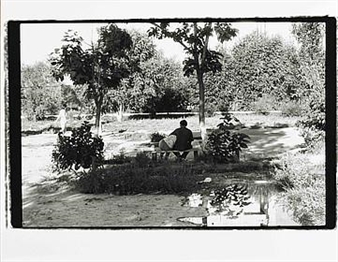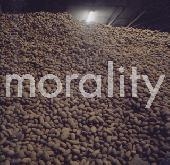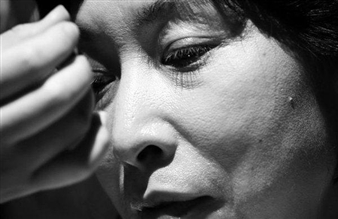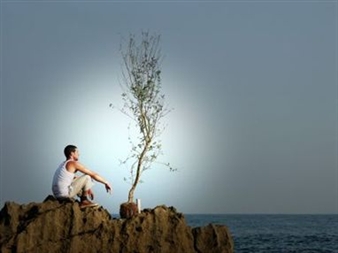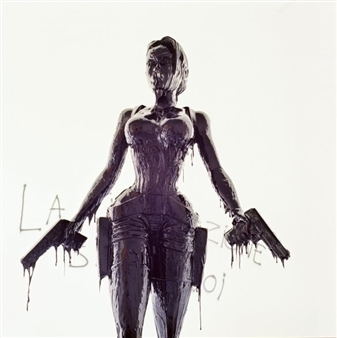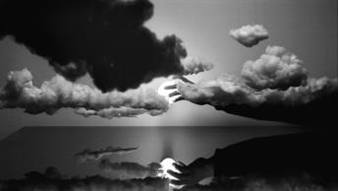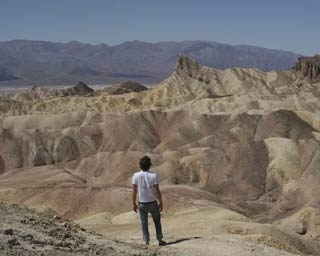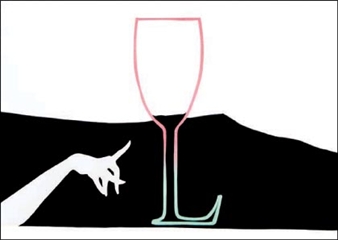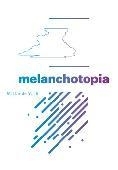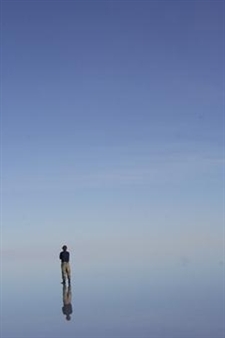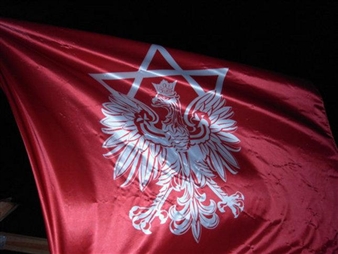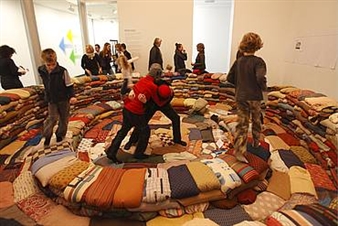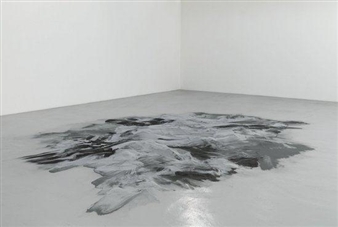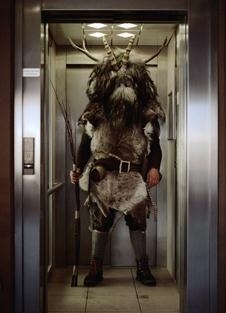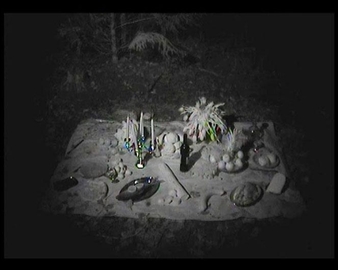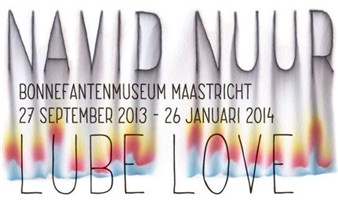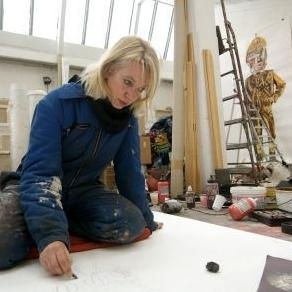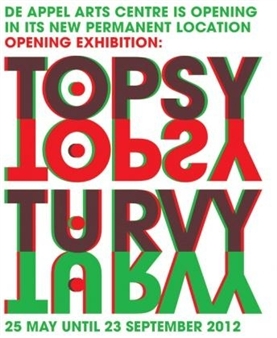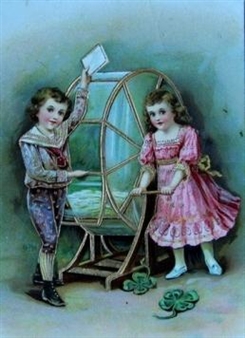A YEAR OF LIVING DANGEROUSLY

Koneksi-Connection 2016, Noord-Holland, Amsterdam, 09/11/2016 - 10/09/2016
Weesperzijde 90-2 1091 EK Amsterdam KvK 55381359
Tiong Ang //// A Year Of Living Dangerously
a project for Rethinking Home, Koneksi-Connection 2016
curated by Agung Hujanitkajennong and Christine van den Bergh
During three days in the summer of 2016, I reenacted one particular scene from the film ‘The Year of Living Dangerously’ (Peter Weir, 1982) with local actors and performers in Jakarta. It was a process that was recorded in photography and video, with a focus on the interplay of casting and rehearsing, of discussion and organization, not striving for cinematographic mimicry. Using the actual try-out in Indonesia as experience, the make-over will be re-staged in a live performance in the exhibition (with Amsterdam based performers), in a sculptural stage design.
The original film from 1982 is one of the few international feature film productions to present Indonesia and it's fragile political condition in 1965, and does so as the context for a melodramatic narrative of exoticism, loyalty and love. The film - a fiction written and directed by Australians, financed by a major US studio, featuring Hollywood actors and shot in the Philippines and Sydney - acts as an alternative, quasi-historical document on an intense historical time frame in Indonesia, as told from a distinct Western perspective. My approach is (dis)informed by an acute sense of distance towards these histories, since both privately and historically the chain of events that occurred in ‘the year of living dangerously’ are cloaked in a code of silence that has drastically restrained me to connect with my country of birth, Indonesia. I left Indonesia in 1966, as a young child. My parents have never talked about the conditions in which they had to make the decision to flee the country, our ‘home country’.
In the light of this Western perspective on Indonesia in the year of 1965, foreshadowing the horrendous events that would follow, I chose a scene of unexpected interaction amidst the chaos of a mass demonstration. Quite early in the film, Guy Hamilton (Mel Gibson) and Billy Kwan (Linda Hunt) - who by now have formed a partnership to report on the political situation in Indonesia together - are moving into a large Communist demonstration (PKI) in front of the American embassy, and are trapped by an angry mob of militias and revolters. Billy is initially filming from the backseat of the car, but when they are surrounded by demonstrators they both leave the vehicle. The journalist takes the cameraperson on his shoulders to give him a higher point of view, while bystanders try to prevent the cameraman taking pictures.
The scene features the American actress Linda Hunt as the half-Chinese photographer Billy Kwan (a dwarf man), a role for which she later was awarded an Oscar for best-supporting actress. It's the artifice of the transformative hybrid, of gender-crossing and yellow-face that I'm curious about in the re-staging and re-construction of this character. Mel Gibson (after playing Mad Max) is the young, ambitious Australian foreign correspondent Guy Hamilton, whose ‘otherness’ as the ultimate civilized Westerner -who chooses career over loyalty- would soon launch the actor into super stardom in Hollywood. It was an interesting exercise to find an Indonesian performer to portray such a handsome white man.
In the title of my piece I have borrowed the title of my source, The Year of Living Dangerously – a film adaptation of a book with the same name (written by C.J. Koch), but replaced the definitive ‘The’ with a more open ‘A’ : ‘A Year of Living Dangerously’. The title was taken from a quote of President Sukarno’s Independence Day’s speech in 1964, announcing the year ahead as ‘the year of living dangerously’, foreseeing the difficulty of managing the country with two radical political forces, the Communist revolutionary and the Muslim military, both trying to overthrow his government. We now know what the year 1965 became for Indonesia, but how it all happened remains a traumatic mystery for all of us and to myself, yet it is the very reason for my existence as an artist in The Netherlands today.
The PKI (the Communist Party of Indonesia) was the third largest Communist party in the world. It was blamed for the failed military coup in 1965 and consequently, its members -and everyone that was in one way or another connected to the PKI or its ideology- were brutally murdered in the aftermath. To this very day, the PKI remains a taboo subject matter in present-day Indonesia.
For More Information